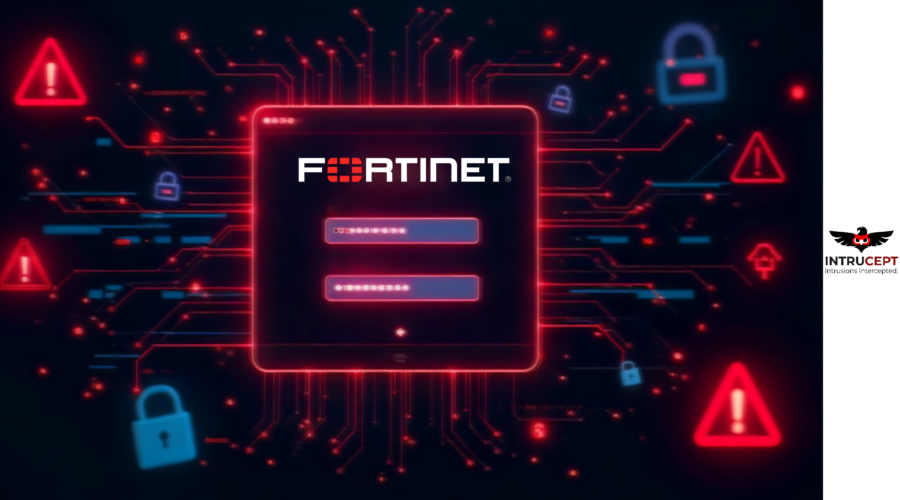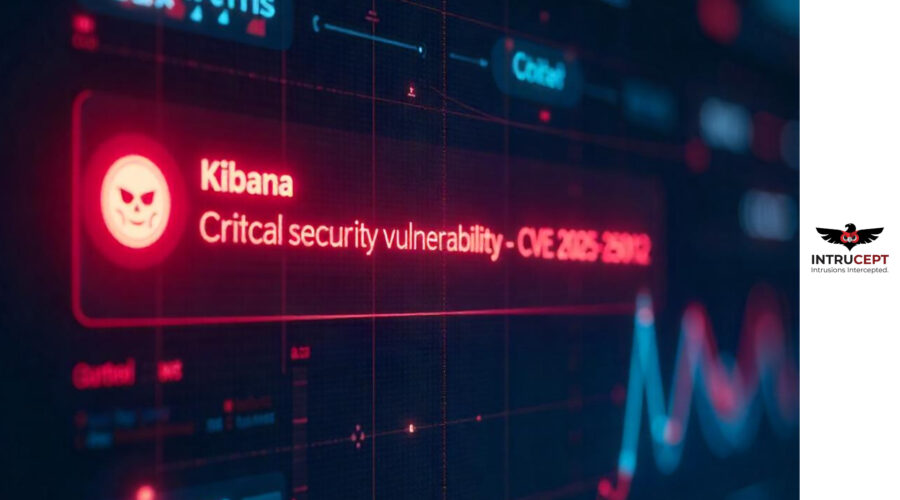Critical Session Management Vulnerability in Apache Roller
Summary Security Advisory
Apache Roller, a widely used Java-based blogging platform, enabling users to create, manage, and publish blog content. It supports features like user authentication, content management, and customizable themes.
| OEM | Apache |
| Severity | Critical |
| CVSS Score | 10.0 |
| CVEs | CVE-2025-24859 |
| Actively Exploited | No |
| Exploited in Wild | No |
| Advisory Version | 1.0 |
A critical security vulnerability (CVE-2025-24859) has been discovered in Apache Roller (versions 1.0.0 to 6.1.4), where old sessions are not invalidated after a password change, allowing attackers to maintain unauthorized access if they have stolen a session token. This flaw poses a significant risk of session hijacking and unauthorized access, and users are advised to upgrade to version 6.1.5 to mitigate the issue.
| Vulnerability Name | CVE ID | Product Affected | Severity |
| Insufficient Session Expiration on Password Change | CVE-2025-24859 | Apache Roller | Critical |
Technical Summary
The vulnerability centers on insufficient session expiration.
When a user or administrator changes a password, Apache Roller versions before 6.1.5 do not properly invalidate existing sessions.
As a result, any session tokens before the password change remain valid.
This means that if an attacker has already compromised a user’s credentials and established a session, they can continue to access the application even after the password is updated, effectively bypassing a key security control.
This can be a big security threat, particularly in systems used by many users or administrators, where it’s important to keep sessions secure.
| CVE ID | System Affected | Vulnerability Details | Impact |
| CVE-2025-24859 | Apache Roller 1.0.0 – 6.1.4 | Sessions are not invalidated after password change, allowing persistent access through old sessions if compromised. | Unauthorized Access / Session Hijacking |
Remediation:
- Apply Patches Promptly: Upgrade immediately to Apache Roller version 6.1.5, which implements proper centralized session invalidation.
Conclusion:
CVE-2025-24859 represents a critical access control threat to Apache Roller implementations.
Although no active exploitation has been observed still now, it’s easy for attackers to misuse sessions if they gain access. Its important for organizations using Apache Roller to quickly update to version 6.1.5 to fix this problem.
This is a critical step in maintaining the security of blog sites and protecting user data.
CVE-2025-24859 highlights the importance of robust session management in web applications.
References:










